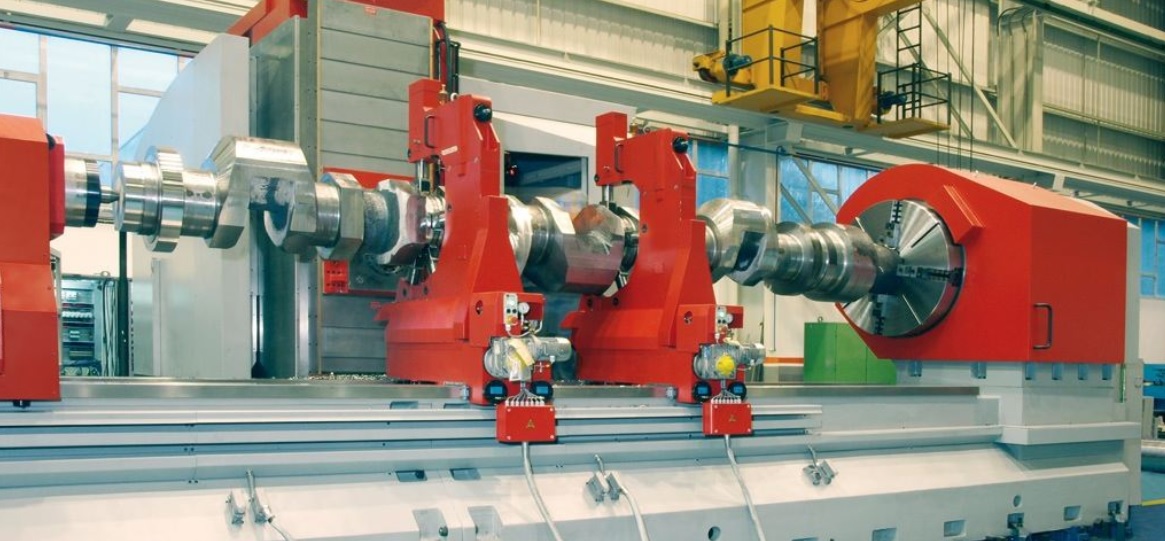Setting Up A Bar Puller
Do you want to learn more about how to set up a bar puller on a CNC machine? There are three types of turning work: chucking work, shaft work, and bar work. Turning centers differ when it comes to which kind of turning work they do best. There are turning centers that have been precisely [...]

